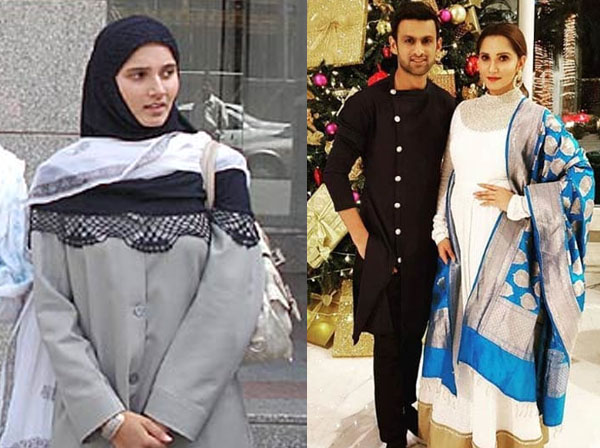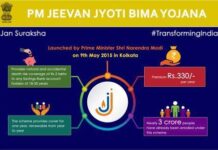Tennis star’s photo in Islamic attire used to mislead public
By Shaheen Nazar, www.siyasat.net
Fact-checking sites Alt News, Boom-Live and Times Fact Check immediately debunked the claim. Using Google reverse image, they confirmed that the said photo was misleading. It was not from Pakistan. It was in fact a 2006 photo, much before her marriage, clicked in Saudi Arabia where she had gone to perform Umrah, the minor Haj performed anytime round the year. They also reported that several images of Sania in Pakistan are available on the internet and none of them suggest that she is required to wear a hijab/burqa there. Therefore, the narrative about Sania forced to wear hijab/burqa in Pakistan is false and misleading, they said.
This episode reminded me of another episode played in the newsroom of Saudi Gazette, an English daily published from Jeddah. It was a regular budget meeting discussing day’s major news. Sania Mirza was in town and we had received her pictures. She was seen in a traditional dress which was Ihram – and not hijab or burqa. Ihram means a woman on Haj or Umrah pilgrimage is required to wear any formal dress that covers her entire body but leaves her face bared. (Her picture used to create mischief shows her bare-faced).
As expected, everyone was amused seeing her in Ihram. It was big news for a newspaper subscribed overwhelmingly by foreign expatriates from the Indian subcontinent. The editorial team consisted of journalists mainly from India and Pakistan headed by a Saudi editor who was a non-journalist. Besides, we had two Americans who had recently joined and an Australian who was commissioned to advise on improving the newspaper. The Australian advised that Sania picture in Ihram should go side by side with her picture from the tennis court showing her provocative postures.
It prompted a debate. Can we do this? Those from the subcontinent expressed their reservation. It was a sensitive matter. It was like outraging a woman on Umrah pilgrimage, that too in Saudi Arabia. But the editor did not want to be seen a conservative in the presence of westerners. Post-9/11, Saudis were very conscious of their international image. They wanted to be seen as modern and forward-looking. So he sought a voting. The editor apparently wanted to go with the advice and expected his team to support him. But while Americans did not participate in the voting, others were generally sceptical. The editor became upset. “To hell with your sentiments,” he shouted and ended the meeting without any decision.
But later neither he nor the Australian pursued with their advice. May be good sense prevailed or they sought advice from someone more sensible.
Decision to go on a religious journey is very personal. No one should question it. But in the case of Sania Mirza, there was a background to it. In 2006, She performed Umra not once but twice within a period of four months and made sure that she got due coverage in Urdu media. It was a period when a section in the Muslim community was raising a hue and cry over Sania’s attires. Her bare-legged photographs from tennis courts had become an irritant for conservatives. The controversy had become so serious that many of her playing events saw protests and demonstrations by her detractors. Her security was increased and the organisers of tournaments were obliged to deploy extra security personnel for the matches she played.
A reference to the controversy is found in one of the interviews that she gave in Jeddah. Arab News dated 4 May 2006 reports:
She (Sania) said that she is a firm believer in Allah. “What I do in the tennis court or in the endorsement of any product has no influence on my personal life. I have no problem in doing commercials and any other activities which come to me due to my professional status. But I’m also at ease in performing my religious obligations. I’m a totally different person at home.” Her father Imran Mirza said she is very particular about prayers and takes out time to pray. When asked what would she ask for in her prayers, Sania smiled and said, “It’s really personal and let it be personal.”
While in Jeddah, in Ihram, in May and September of 2006, Sania gave interviews to Arab News and Saudi Gazette. She also made it a point to visit the girls section of Indian School and freely interact with students and teachers. Pictures of all her engagements in Saudi Arabia were especially sent to Urdu newspapers in Hyderabad and other places.
Sania’s masterstroke had its desired result. The controversy surrounding her dress sense died down. It restored her position as a true believer. Her extra security was removed. The organisers of her sporting as well as commercial events took a sigh of relief. Sania never changed her lifestyle, not even after marrying a Pakistani four years later. “Alt News could not find any pictures of Mirza in a hijab during her visits to Pakistan. It must also be noted that she has been spotted in western clothing, similar to what she would wear in India, on several occasions in Pakistan,” says the fact-checker in its fake news busting report on the tennis star.(Courtesy. Milli gazette) (The author, a former staffer of Times of India, has worked with Saudi Gazetteas well as Arab News, both published from Jeddah

































